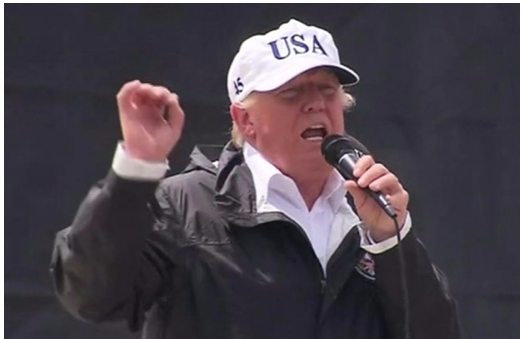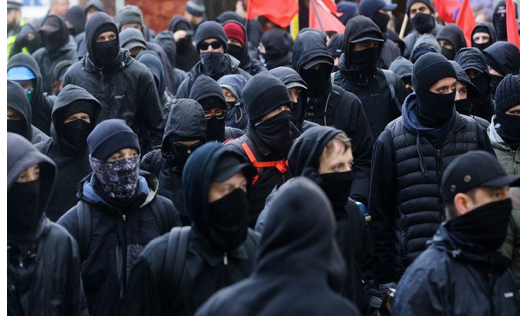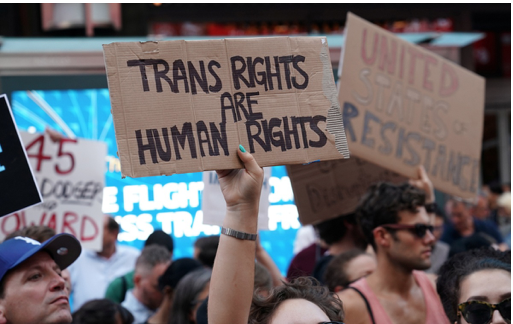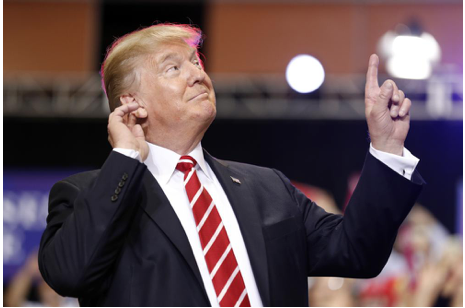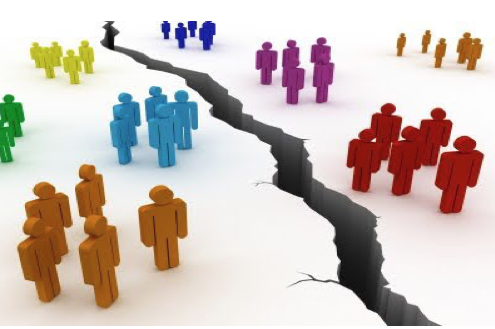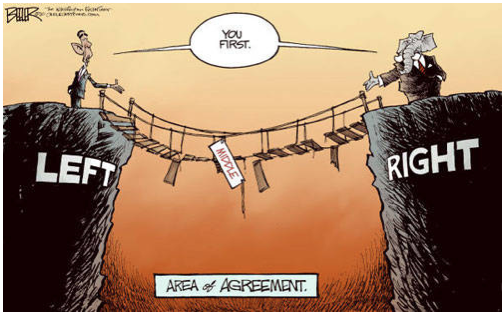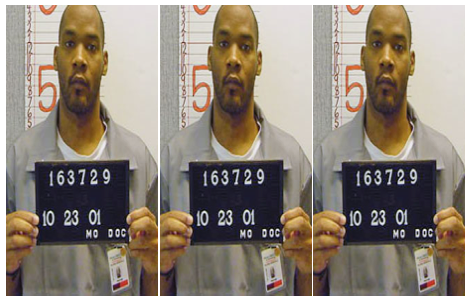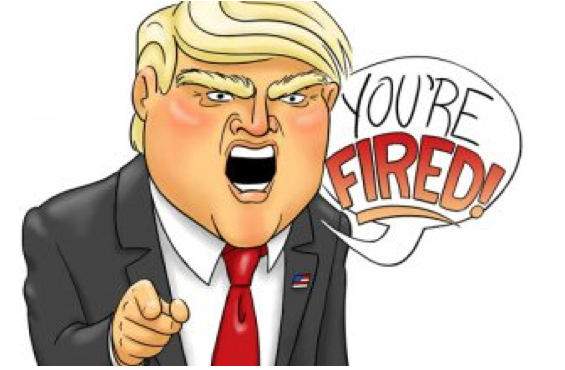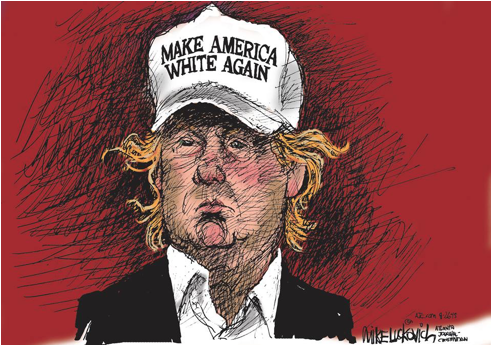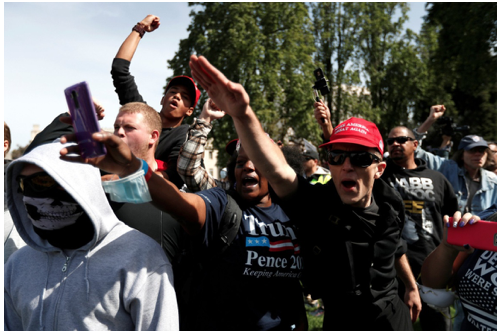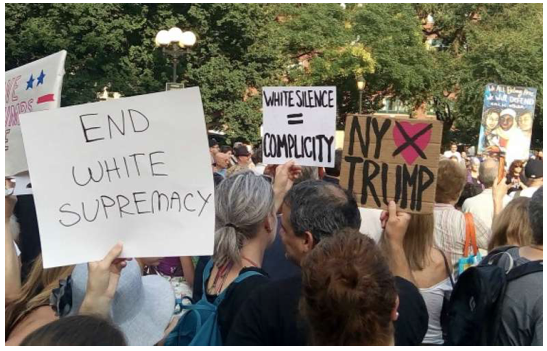Hurricane Harvey: Trump’s Cuts are Now in the Eye of the Storm
As Hurricane Harvey churned toward the Texas Gulf Coast last week, meteorologists, climate scientists and lay weather nerds on Twitter marveled at the crisp, detailed images of the storm sent to earth by a brand-new satellite. The nation’s first Geostationary Operational Environmental Satellite, (GOES-16), had been launched from Cape Canaveral, Florida 11 days after the November election, and has since transmitted high-resolution pictures of smoke from Canadian wildfires, of the August 21 North American eclipse and of a major fog event that spread out over the Midwest and Eastern U.S.




